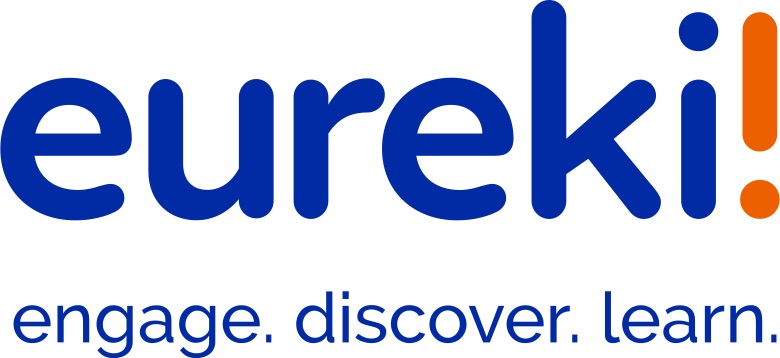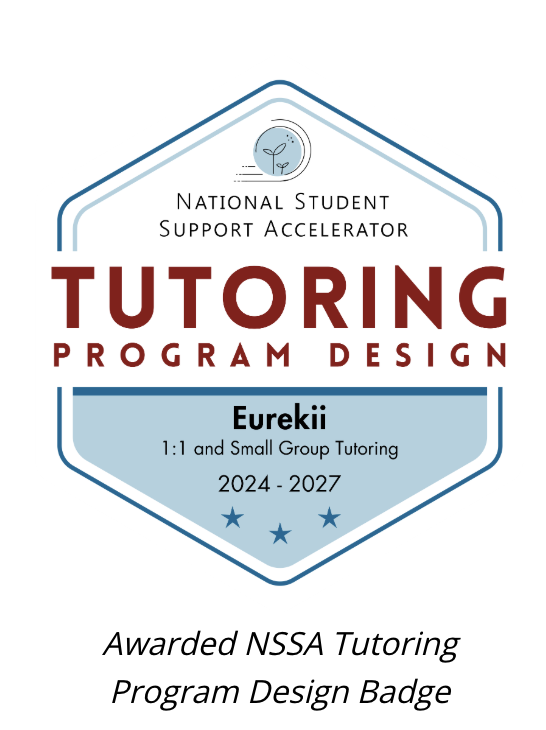The Future of Tutoring: 10 Takeaways from the National Student Support Accelerator Conference
As the federal funding to combat COVID learning loss starts to wind down, many parents are wondering what the future holds for tutoring programs. Will these valuable academic supports continue to be available for students? The National Student Support Accelerator, a leading organization focused on high-impact tutoring research and development, recently held a conference that provided some insights into what lies ahead. Here are the top 10 takeaways for parents:
1. Tutoring Will Continue
Over 25 states have already committed to sustaining tutoring initiatives after the federal funds expire. For example, Florida Governor DeSantis signed a bill to create a new statewide tutoring program providing districts with resources for one-on-one and small group math and reading tutoring. While implementation details will vary, tutoring appears poised to remain an academic priority.
2. AI-Powered Tutoring is on the Horizon
The conference showcased how artificial intelligence could enhance tutoring in the future. Researchers at Stanford and Carnegie Mellon have developed AI tools to support tutors by suggesting prompting questions and tracking student engagement. As this technology evolves, AI may play a larger role in tutoring delivery.
3. Results Have Been Mixed So Far
While research confirms that high-quality, consistent tutoring can significantly boost achievement, the overall impact of pandemic tutoring programs has been uneven so far. However, a recent study found that well-implemented virtual tutoring can be just as effective as in-person for early literacy.
4. States May Centralize Tutoring Operations
As states take over tutoring funding, some are considering centralizing provider vetting and procurement at the state level. However, districts will likely maintain some flexibility in choosing tutoring vendors, community partners, or developing in-house programs.
5. Pay-for-Performance Models Could Emerge
There are discussions around tying tutoring payments to student outcomes and other measurable goals rather than simply paying for services rendered. While complex to implement, this pay-for-performance approach could become more prevalent.
6. Funding Remains a Top Concern
How to sustainably fund tutoring long-term with the looming “budget cliffs” was a frequent topic. Some districts are already budgeting for tutoring as an annually recurring expense.
7. Opportunities for Smaller, Innovative Providers
School leaders want tutoring providers who can offer personalized, nimble support. This creates opportunities for smaller innovative companies alongside national vendors.
8. Emphasize Data-Driven Results
Presenters stressed using student data to demonstrate not just academic impacts, but tutoring’s broader effects on factors like attendance, engagement and school culture.
9. Prioritize Tutor-Student Relationships
Building strong tutor-student relationships that create an exciting, supportive learning environment is crucial for maximizing tutoring’s benefits.
10. Tutoring Promotes Equity and Access
Perhaps most importantly, high-dosage tutoring provides educational opportunities and academic support that have traditionally only been available to families who could afford private tutors. Sustaining these tutoring initiatives is a key strategy for advancing equity.
As the National Student Support Accelerator highlights, tutoring will likely remain an important part of the educational landscape moving forward. While funding sources and implementation models may shift, tutoring’s potential to boost achievement and promote equitable learning makes it a priority for states, districts and parents alike.






